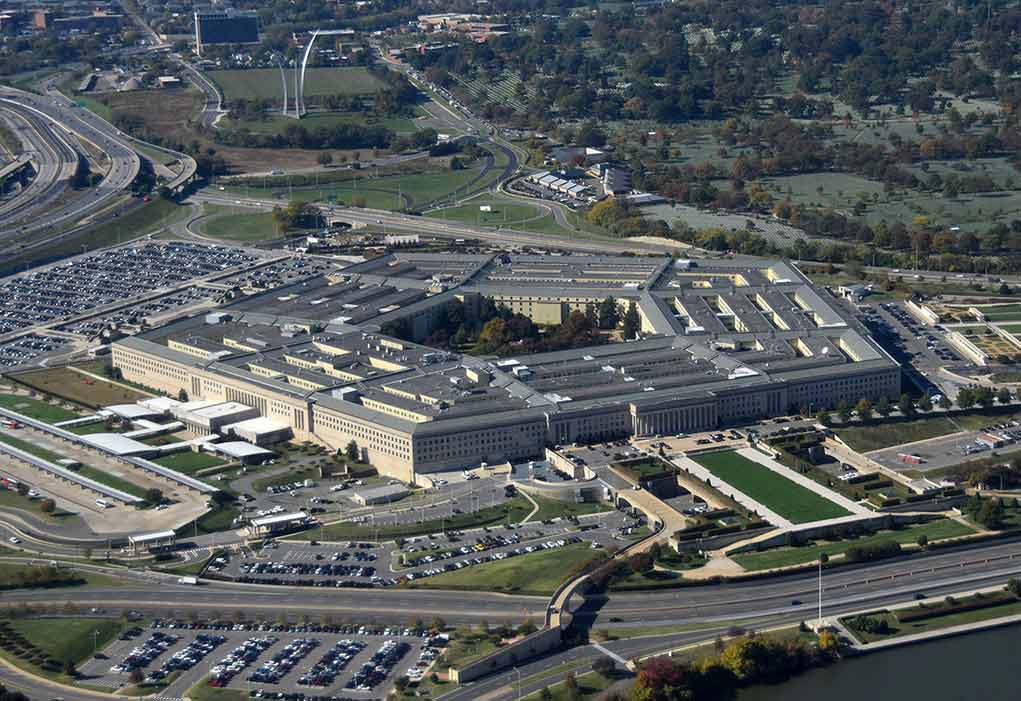
The United States will deploy advanced MQ-4C Triton surveillance drones to Okinawa in the near future as part of an effort to enhance military cooperation with Japan while both nations confront growing security challenges from China in the Indo-Pacific region.
Key Takeaways
- The US will deploy MQ-4C Triton reconnaissance drones to Kadena Air Base in Okinawa to enhance intelligence gathering capabilities against increasing Chinese military activities.
- Japanese Defense Minister Gen Nakatani confirmed the deployment will begin in the coming weeks as part of efforts to strengthen deterrence amid a deteriorating security environment.
- Japanese military jets have scrambled 30 times in the past year to intercept Chinese drones, highlighting the growing aerial surveillance competition.
- The MQ-4C Triton’s impressive 7,400 nautical mile range and high-altitude capabilities will dramatically improve monitoring of regional waters near Taiwan.
- Approximately 54,000 US troops are stationed in Japan, mostly in Okinawa, forming a critical strategic foundation for America’s military presence in the region.
Strategic Deployment to Counter Regional Threats
The United States military will deploy its sophisticated MQ-4C Triton surveillance drones to Japan’s Okinawa prefecture, operating from Kadena Air Base within the coming weeks. This significant military enhancement comes as both nations face mounting security concerns in the region, particularly regarding China’s expanding military activities near Taiwan and throughout the East and South China Seas. Japanese Defense Minister Gen Nakatani confirmed the deployment, emphasizing its importance for regional security.
“The security environment surrounding our country is becoming increasingly severe,” Nakatani told reporters.
The deployment location holds strategic significance due to Okinawa’s proximity to Taiwan, positioned approximately 400 miles east of the contested island. This positioning enables more comprehensive surveillance of Chinese military operations, especially as Beijing has increased pressure on Taiwan through military drills widely interpreted as preparations for a potential takeover scenario. The MQ-4C Triton drones will significantly enhance intelligence gathering and monitoring capabilities in these contested waters.
The U.S. military will deploy several long-range surveillance drones to Japan’s far-flung southwestern islands area near Taiwan, as the allies seek to counter China’s ramped-up drone presence in the same area. https://t.co/zgDrSFKuel
— The Japan Times (@japantimes) April 8, 2025
Advanced Surveillance Capabilities
The MQ-4C Triton represents cutting-edge unmanned aerial surveillance technology. These high-altitude, long-endurance aircraft can cover an impressive 7,400 nautical miles on a single mission, providing persistent intelligence, surveillance, and reconnaissance capabilities. Standing over 15 feet tall with a 131-foot wingspan, these massive drones can remain airborne for over 24 hours at altitudes exceeding 50,000 feet, giving them unmatched observational reach across the Indo-Pacific theater.
“This deployment is expected to enhance the Japan-U.S. alliance’s intelligence-gathering capabilities and, by extension, the alliance’s deterrence and response capabilities,” Nakatani stated.
The deployment directly responds to escalating drone encounters in the region. Japanese military jets have scrambled 30 times in the past year alone to intercept drones believed to originate from China.
Strengthening the US-Japan Security Alliance
The drone deployment is part of broader military cooperation between Washington and Tokyo. Earlier this year, US and Japanese forces conducted “Keen Edge” exercises—their first joint exercise fully simulating a Taiwan emergency scenario. This war game specifically focused on coordinating a response to a potential Chinese military takeover of Taiwan, underscoring how seriously both nations view the possibility of conflict in the region.
Japan is simultaneously enhancing its own military capabilities. The Japanese defense establishment plans to deploy long-range missiles on Kyushu capable of targeting enemies during emergencies and is pursuing acquisitions of smaller attack drones to bolster national defense. Japan’s 2025 foreign policy report highlighted increasing military relations between Beijing and Moscow as particularly concerning, alongside growing military ties between Moscow and Pyongyang.
With approximately 54,000 US military personnel stationed in Japan—primarily in Okinawa—the alliance represents one of America’s most substantial military partnerships in the region. US President Donald Trump has increasingly urged NATO and Asia-Pacific allies to boost military spending specifically to counter threats from China and North Korea.
Sources
- US to deploy large reconnaissance drones on southern Japanese island
- U.S. to send long-range surveillance drones to Japan amid Taiwan tensions
- US to Deploy Large Surveillance Drones to Japan’s Okinawa












